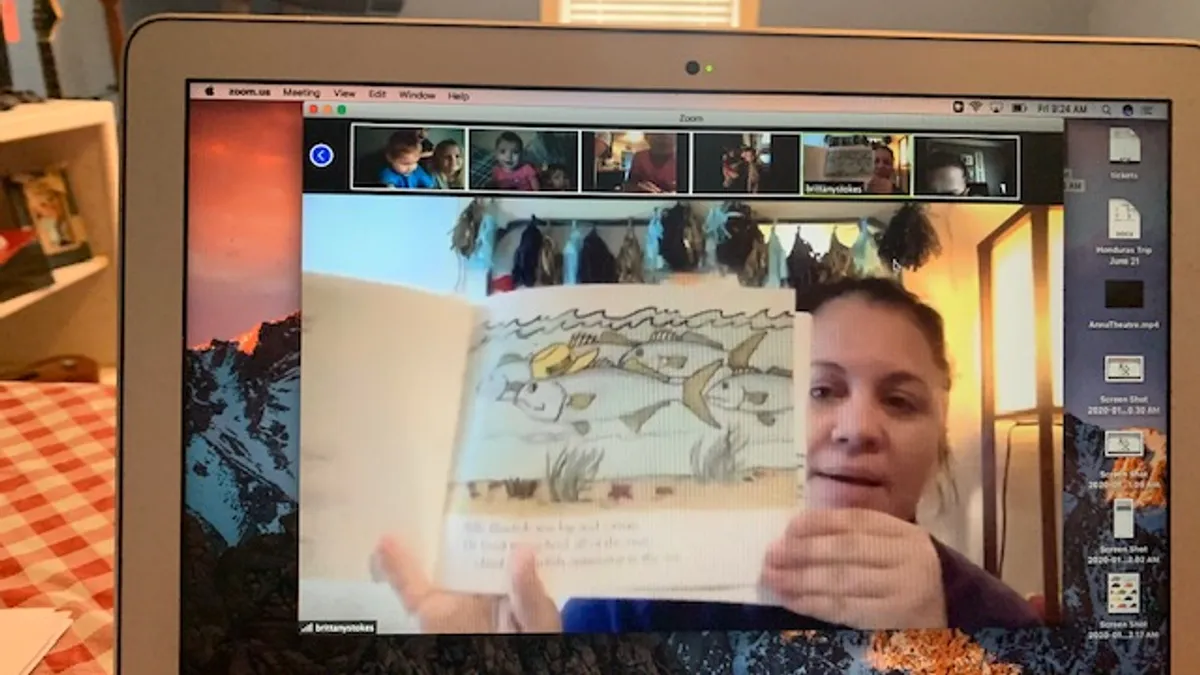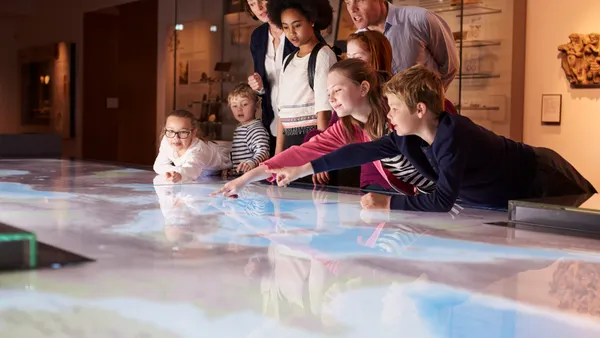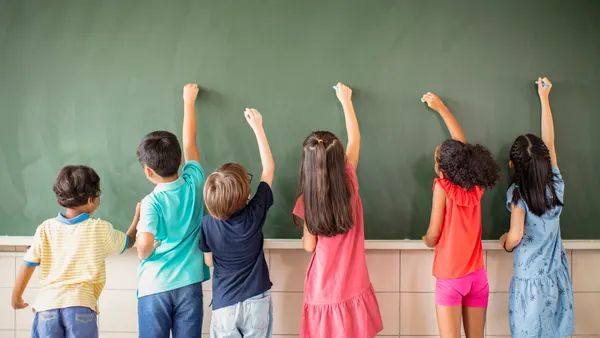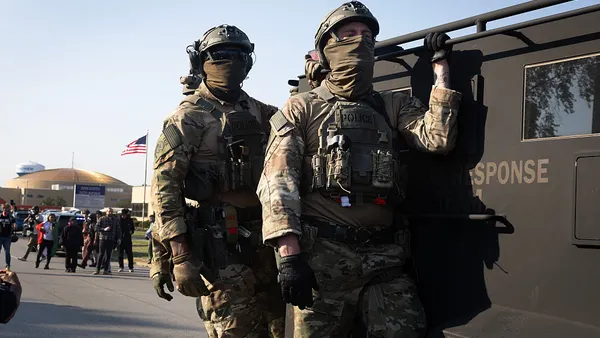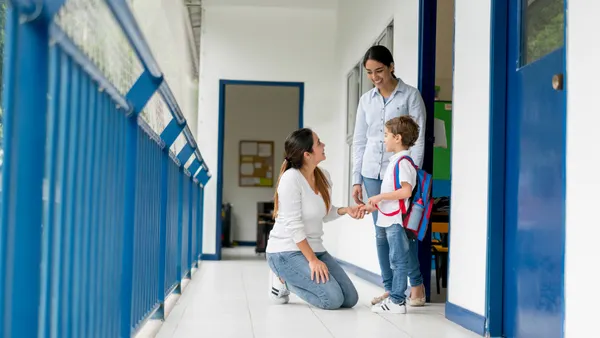Dive Brief:
- Many districts' big investments in devices, audiovisual tools and connectivity to facilitate pandemic-era learning were also made with long-term, post-COVID-19 options in mind, EdTech: Focus on K-12 reports.
- Among examples of tech procurement: Los Gatos Union School District in California supplied teachers with 70-inch Vizio TVs, 23-inch HP 4K monitors, stand-alone web-cams and wireless speaker systems that include a wireless teacher microphone. Device and hotspot investments alone also allowed districts like San Antonio Independent School District to speed up 1:1 technology goals.
- Angela Olson, principal of Xavier High School in Iowa, said she thinks remote learning will continue to be helpful when students can’t physically be in class, and the tech upgrades also allow parents to video-conference with teachers rather than leaving jobs and driving to school for in-person conversations.
Dive Insight:
About 20% of districts have either adopted a plan to continue some type of virtual school post-pandemic or are considering it, according to a RAND Corporation report. Though long-term remote options are promising, most district leaders are still more immediately concerned about the social-emotional health of students in current remote settings, as well as the lack of funding to cover staff.
While ed tech access did improve between spring and fall, Black and Hispanic students were still 1.3 to 1.4 times more likely to experience inequitable access than their white peers. Low-income status also affected connectivity, with two-fifths more students in that group having limited access to a computer or to the internet. While many districts found temporary solutions to the access problem, more permanent solutions are needed.
Long-term, however, pandemic-era tech investments could enable districts to expand students' opportunities to engage with a wider variety of coursework. For instance, a rural district that lacks immediate access to a K-12 computer science teacher may now be better suited to have it taught by a remote instructor. As public school districts face an increasingly competitive school choice environment, they may now also be even better suited to develop and offer their own alternative programs. At a base level, it has also been suggested that learning no longer needs to be suspended for snow days or other emergency school closures, as there are now models in place to counter those scenarios.


